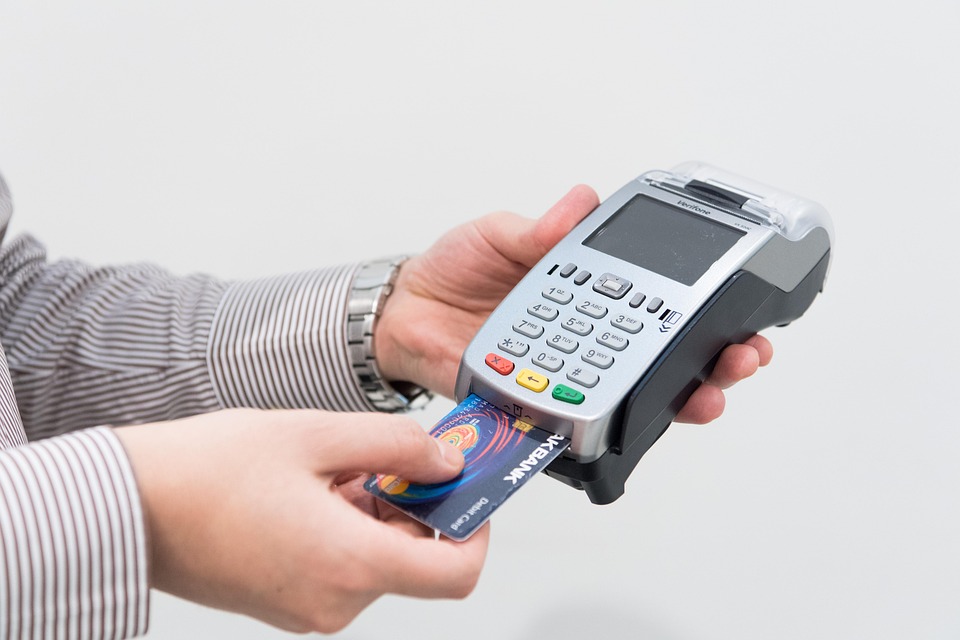How to Use Crypto Debit Cards: A Comprehensive Guide
The rise of cryptocurrency has revolutionized the way we think about money, and crypto debit cards are emerging as a bridge between digital assets and everyday spending. These cards allow users to spend their cryptocurrencies like traditional fiat currency, enabling seamless transactions at physical and online retailers. If you’re new to crypto debit cards, this guide will walk you through the process of using them, their benefits, and key considerations.
What is a Crypto Debit Card?
A crypto debit card is a payment card linked to a cryptocurrency wallet or exchange account. It allows users to spend their digital assets (e.g., Bitcoin, Ethereum) by converting them into fiat currency (e.g., USD, EUR) at the point of sale. These cards are typically powered by major networks like Visa or Mastercard, making them widely accepted globally.
Step-by-Step Guide to Using a Crypto Debit Card
1. Choose a Crypto Debit Card Provider
Several platforms offer crypto debit cards, each with unique features. Popular options include:
- Coinbase (linked to its exchange)
- Binance (offers crypto-backed cards)
- Crypto.com (known for rewards programs)
- Revolut or Blockchair (for multi-currency flexibility).
Compare features like fees, rewards, supported currencies, and security before selecting a provider.
2. Create an Account and Complete KYC
Most providers require users to verify their identity through a Know Your Customer (KYC) process. This involves:
- Providing personal details (name, address, ID).
- Uploading a government-issued ID (e.g., passport, driver’s license).
- Confirming your phone number and email.
This step ensures compliance with financial regulations and enhances account security.
3. Link Your Crypto Wallet or Exchange Account
Once verified, connect your crypto wallet or exchange account to the card. Some providers allow direct linking, while others require you to fund the card through their platform. Ensure your wallet has sufficient balance in the desired cryptocurrency.
4. Load Funds or Enable Auto-Conversion
Some cards require you to manually fund them by transferring crypto to the linked account. Others automatically convert your crypto to fiat when you make a purchase. For example, if you have Bitcoin in your account, the card issuer may convert it to USD at the current exchange rate during a transaction.
5. Activate the Card
After linking your account, activate the card via the provider’s app or website. Most cards come with a PIN and two-factor authentication (2FA) for added security.
6. Start Spending
Once activated, use the card like a regular debit card:
- In-store: Tap or swipe the card at merchants that accept Visa or Mastercard.
- Online: Enter the card details during checkout.
- Subscriptions: Set up recurring payments for services like Netflix or Spotify.
The card issuer will convert your crypto to the required fiat currency at the time of the transaction.
7. Monitor Transactions and Manage Your Account
Use the provider’s app to track spending, set spending limits, and receive real-time alerts. Many platforms also offer tools to monitor crypto balances and transaction history.
Key Features to Consider
- Fees: Be aware of transaction fees, currency conversion costs, and monthly maintenance charges.
- Rewards: Some cards offer cashback, points, or discounts for crypto users.
- Security: Enable 2FA, set up card controls (e.g., disable international transactions), and report lost or stolen cards immediately.
- Supported Currencies: Ensure the card supports the cryptocurrencies you hold.
Tips for Safe and Effective Use
- Keep Your Balance Updated: Ensure your linked account has enough funds (either crypto or fiat) to cover transactions.
- Stay Informed About Exchange Rates: Fluctuations in crypto prices may affect the value of your purchases.
- Avoid Over-Reliance: While convenient, crypto debit cards should complement, not replace, your long-term crypto strategy.
- Review Terms Regularly: Providers may update fees or policies, so stay informed about changes.
Potential Challenges and Risks
- Price Volatility: If the value of your crypto drops after a transaction, your spending power may be impacted. However, the conversion happens at the time of purchase, minimizing this risk.
- Security Threats: Protect your account with strong passwords and avoid sharing sensitive information.
- Limited Acceptance: While widely accepted, some merchants may not support crypto debit cards.
Conclusion
Crypto debit cards are a game-changer for cryptocurrency users, offering a convenient way to spend digital assets in the real world. By following the steps above and prioritizing security, you can seamlessly integrate crypto into your daily transactions. As the crypto ecosystem evolves, these cards are likely to become even more prevalent, making digital money as accessible as traditional currency.
Before getting started, research your options and choose a provider that aligns with your financial goals and security needs. With the right approach, a crypto debit card can be a powerful tool in your digital wallet.







